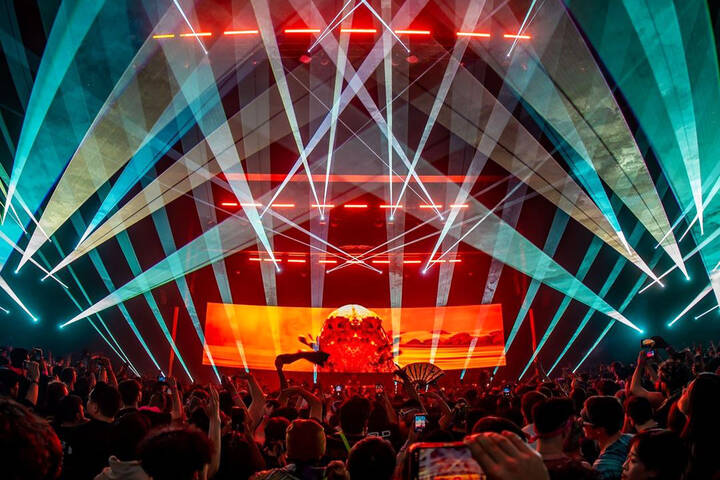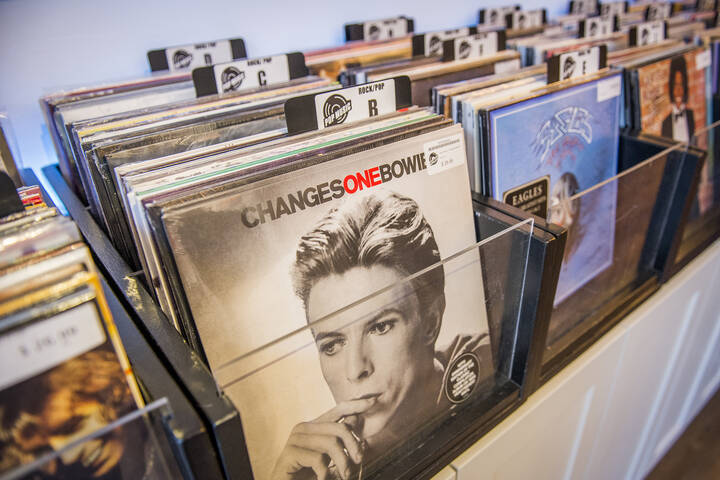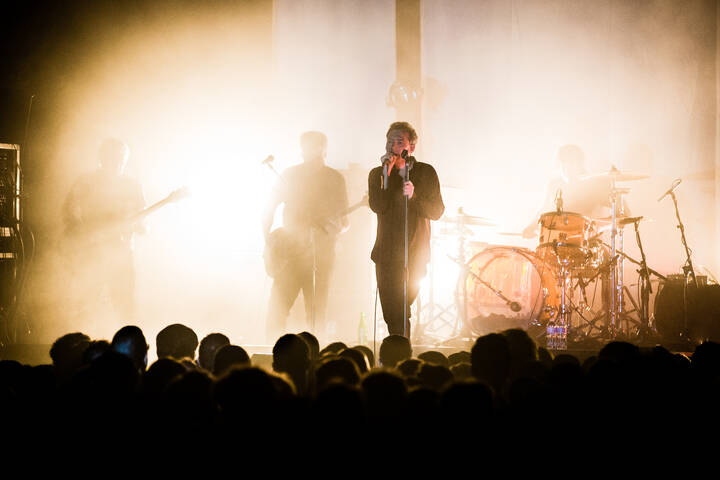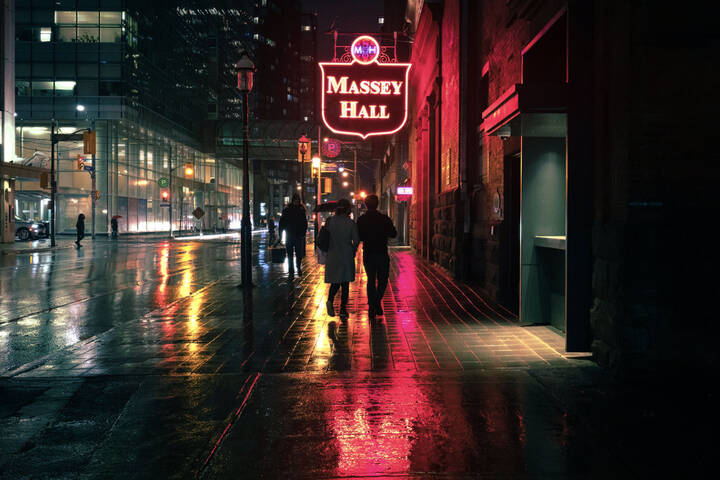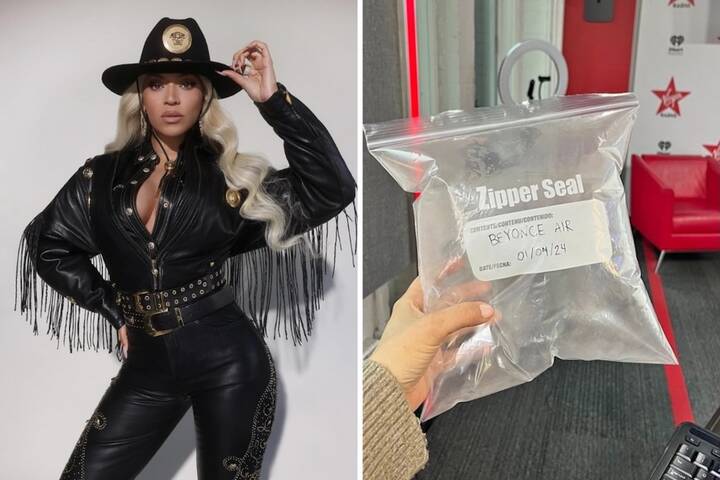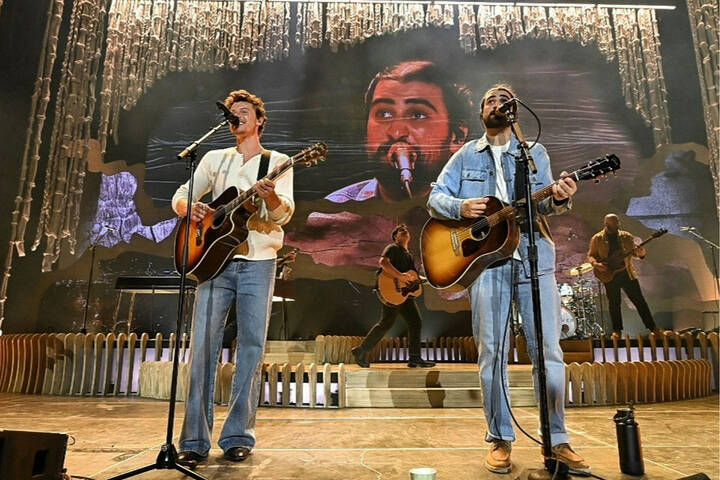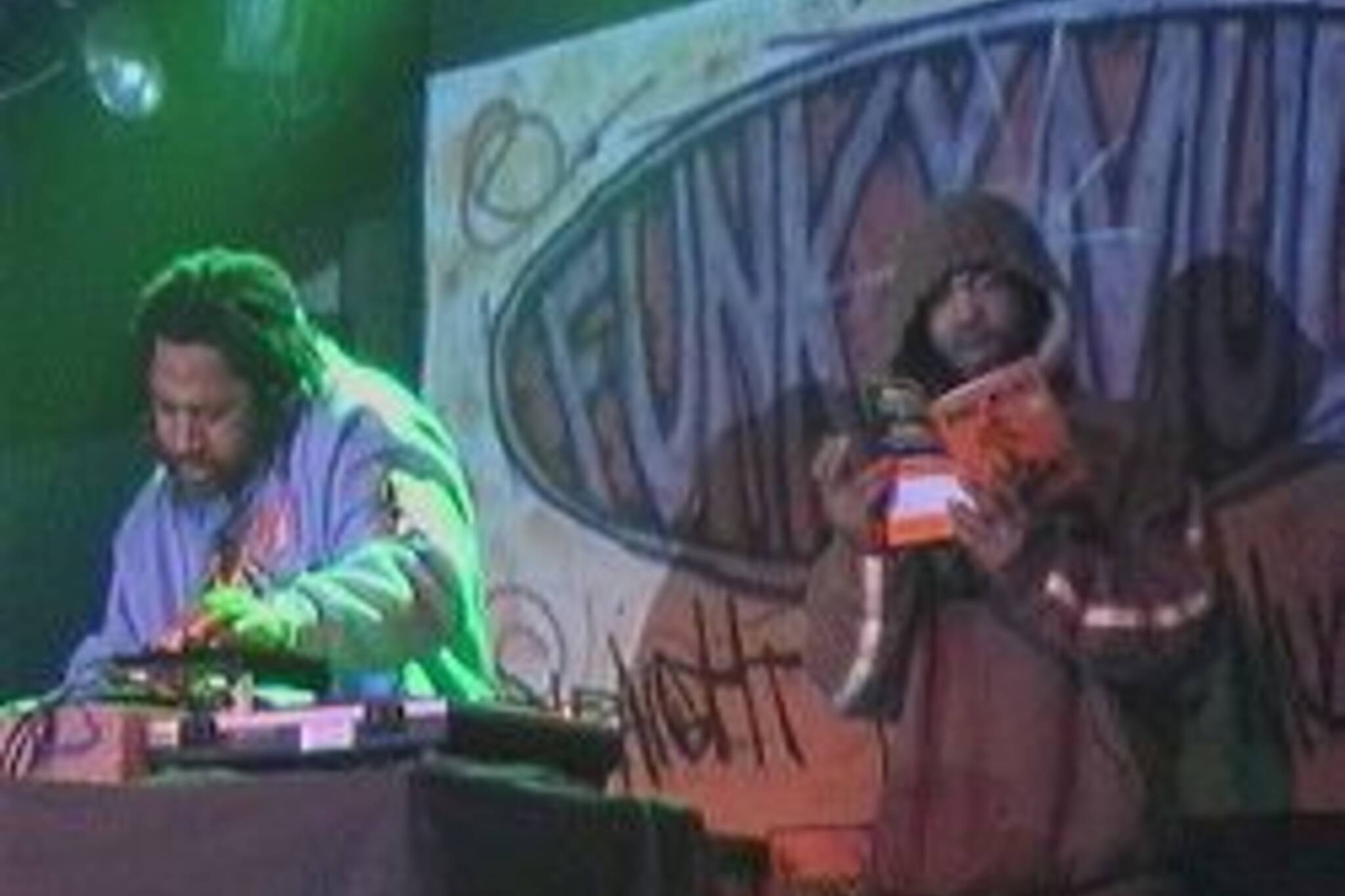
These Are The Breaks: A Brief History Of Our Beloved Breakbeats
The year is 1974. You live in the West Bronx, a notoriously urban suburb of New York City. Last week you were at a block party, getting down to smooth disco blaring from a boom box, when you met a slightly cocky Jamaican DJ / Event Promoter. He disclosed information on his upcoming party at Fever Nightclub, which sparked your interest. Word on the streets was that several other promoters had to change the date of their parties because no one messed with Kool Herc.
Curiosity stirred in you. What can you expect to hear, you asked him? "My music is all about heavy bass," he said. At the time you had been listening to Pete DJ Jones, the #1 black disco DJ in NY, but like many others, you also felt he didn't clearly express your urban values, your fashion, or your attitude. So why not give Herc's night a try? The whole neighborhood was going, it seemed.
Once inside the dark sweaty dancehall, you immediately notice the stark contrast from other events. This party was rumored to be going all night, which was previously unheard of. In addition, you don't just hear the music, you can feel it through the speakers, through the floor. It seems like everyone here is a breakdancer, unlike other clubs where hustlers dominate the dance floors. Suddenly, you hear something really novel: Kool Herc puts 2 identical funk records on the turntables and loops the rhythms over and over to prolong the drum solo breakdown. "B-Boys go down!" he yells, waving his hands in the air. People are going crazy like you've never seen before! Breakers are breaking, poppers are popping, wavers are waving, and it's all-out dancer warfare. After the extended breakdown, he returns back to something fuller and more chill for the people who want to relax, thus appeasing everyone.
You hear a lot of James Brown and Mandrill tonight too - but with new twists. It's overwhelming how people are so free to dance here - not confined to the periphery waiting for the right moment to merge with the hustlers. Every moment is the right moment. "I cut off the anticipation and play the beats," Kool Herc explains. "How the break thing happened ... I was seeing everybody on the sidelines waiting for particular breaks in the records. I said let me put a couple of these records together, that got breaks in them. I did it. I try to make it sound like a record. Place went berserk. Loved it."
Thus the "break" was first utilized and manipulated to keep the dancefloor rocking. The drum solo portion heard in contemporary breaks was first inspired by artists like James Brown, who saw value in isolating one instrument to intensify the funk. James Brown is often hailed as the "creator" of the third beat, first varying the typical 4/4 beat by adding the snare drum only on the 2nd and 4th beat, thus giving the illusion of broken beats. Jazz music was also rooted in irregular, juxtaposed rhythms as well.
After Kool Herc's newfound method was tested tried and true, many others followed suit and pushed the style to new levels. Grandmaster Flash became known as the founder of scratching and breakmixing. His contribution didn't go unnoticed, as he was honored with 22 awards (including Bill Gate's Vanguard Award) for first using the turntables as a musical instrument. Grandmaster Flash was experimenting as early as 1971 with techniques that were later dubbed as "cutting", "scratching", "doubleback /back door", "backspinning", and "phasing". In the early years, these techniques combined with two identical records were crucial, as most Bronx musicians didn't have the money for the expensive, high-tech drum machines and extravagant mixers that have become the industry standard today.

The official term "breakbeats" was first used in the 1980s when street beats were put out specifically for DJs to utilize when creating the ultimate dance tracks. Throughout the 90's, artists like Prodigy, Propellerheads, The Chemical Brothers and Fatboy Slim have incorporated new technology, in addition to different samples, sounds, and rhythms, pioneering what we now define as "Big Beat". Big Beat quickly found a spot in the mainstream, however the attitude, style, and urban flair kept breaks in the background of the predominant electronica movement. Other sub-genres have split off from breaks - some that sound resoundingly similar: funky, nu skool, old skool, electro, even hip-hop; and others that bare little resemblance to their parent sound: jungle, DNB, and trip-hop.
Today Toronto breaks labels 2Wars & Revolution Records remain in the forefront of the breaks phenomenon featuring Toronto DJs like Jelo, The Phat Conductor, Myagi and the UK's Scissorkicks, that are now moving records all around the world. There are many local labels to choose from: DJ D-monic has since gone on to create the Pure Phunk Recordings label; Dave Dub runs Dubble Sided Vinyl; Robb G gave birth to Promo Records, which was the first Toronto breaks label; and The Electrician founded Womp Records. Even though Toronto may not be as poverty-stricken or as tough a setting as the 1970s Bronx, there still remains a need to escape the often predicatble 4/4 beat of house anthems, a need to catch samples of old classic disco and rock tracks remixed, and a need to drop some wicked dance steps on the floor.
Photos Courtesy of: www.breakersunify.org & www.grandmasterflash.com
Latest Videos
Latest Videos
Join the conversation Load comments
